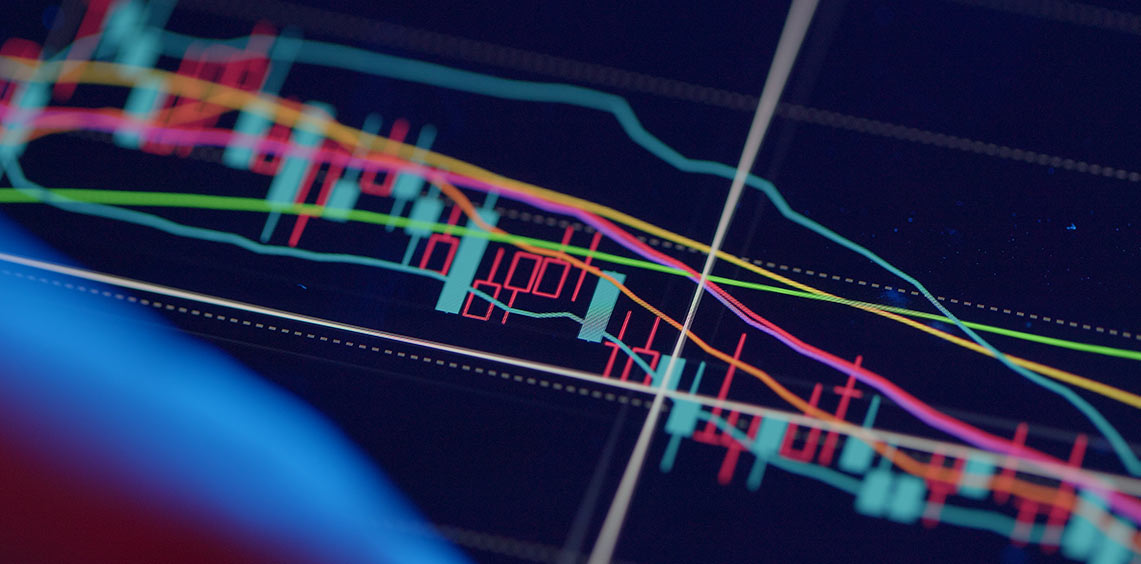Don’t Fight the Tape


Should U.S. Treasury (UST) yields be this low, given the current investment landscape? It sure is an interesting question, don’t you think? That being said, whether or not you feel the UST 10-Year yield should be trading at its current level of around 1.70%, the old adage “Don’t fight the tape” comes to mind.
For those of you not familiar with that expression, it basically means, “Don’t go against the current market trend.” Typically, it was a statement for the stock market (ticker tape), hence the “tape” reference. However, we bond guys can use it too.
Without a doubt, 2019 has been the year of declining Treasury yields. Since reaching its high-water mark of 3.24% on November 8 of last year, the UST 10-Year yield fell at one point in early September to 1.46%—a remarkable drop of almost 180 basis points (bps). Since that time, the yield has drifted up a bit to the aforementioned level of around 1.70%, still a not-too-shabby decline of almost 155 bps.
I think we all know what got us to where we are as we approach year-end: recessionary fears, low inflation, negative yields abroad, trade uncertainty, just to name a few, and of course the Federal Reserve (Fed) doing a complete 180 from its 2018 rate-hike path, actually cutting Fed Funds by a total of 75 bps since the end of July.
Okay, so ask yourself the question, “Are the underpinnings for the Treasury rally still in place?” Let’s take one underpinning at a time. Thus far, the U.S. economy has moderated a bit from last year’s pace, but perhaps more importantly, it has also avoided a recession. Recent GDP figures placed Q3 growth at +2.1%, and growth for the year at +2.4%. Inflation does not appear to be problematic at this stage, and even though wage growth has improved, it has not revealed any signs of imminent danger. Negative yields continue to be posted in a host of developed sovereign debt markets, but in the case of the 10-year German bund, its current level of -0.28% is more than 40 bps higher than the all-time low of -0.71% that was registered a little more than three months ago. Trade uncertainty maintains its wild-card status. As we’ve seen just this week, hopes of a Phase-1 deal with China are tentative at best, and President Trump announced tariffs on imported steel from Brazil and Argentina serve as a not-so-subtle reminder that trade considerations continue to be a part of the upcoming investment landscape.
Conclusion
Let’s close it out with the Fed. It would appear the policy makers have finished their mid-cycle adjustment to monetary policy, with the bar being raised for any potential additional rate cuts (the bar is even higher for a rate hike). Against this backdrop, if there are no surprises lurking out there, it would appear the UST 10-Year yield can remain on the lower end of the scale, but perhaps the trading range could drift up by 25 bps.
Unless otherwise stated, data source is Bloomberg, as of December 3, 2019.


